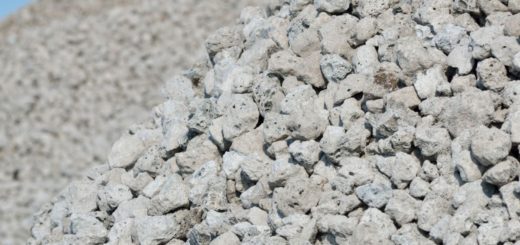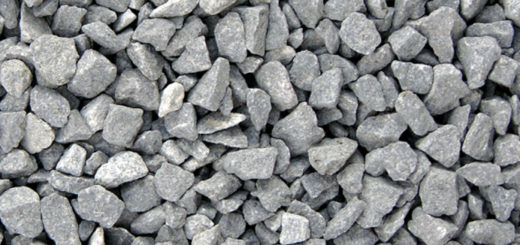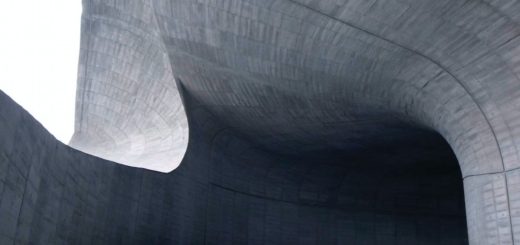Fly Ash Concrete [why should it be use]
Fly Ash Concrete becoming more popular in the construction industry due to the advantages of adding fly ash to the concrete.
Fly ash is more commonly used as the material in the work as an admixture or as a replacement for cement. Especially, when there is a need for a reduction in heat of hydration in a dry environment or with the use of higher cement contents, fly ash is more commonly used.
Fly ash or pulverized fuel ash is the residue from the combustion of pulverized coal collected by mechanical dust collectors or electrostatic precipitators or separators from the fuel gases of thermal power plants. Fly ash also a combination of oxides of calcium, aluminum, and silicon same as the cement but it has considerably less calcium oxide.
Partial size of the fly ash is in the range of 1-100 microns (0.1mm) and the average size is about 20 microns which is similar to the Portland cement average particle size.
Fly ash can be used as prime material in many cement-based products. Pouring concrete, concrete blocks and brick construction can be identified as common uses of it.
There are two different types of fly ash.
They are Class F and Class C fly ash.
Class F fly ash contains particles covered in a kind of melted glass. It has the ability to resist the risk of expansion and the sulfate attach.
Class C also resist to expansions from chemical attack. Class C fly as is more commonly used for structural concrete.
Typically, Class F fly as used at a dosage of 15 to 25 percent by mass of cementitious material, while Class C fly ash is used at a dosage of 15 to 40 percent.
The fly ash can be used as an additive or in part replacement of cement. Generally, fly ash is used in the following three ways.
- Part replacement of cement. The optimum amount of pozzolana as a replacement may normally range between 10 to 30 percent.
- Part replacement of aggregate. Fly ash may be used to replace the sand. Even though there are beneficial effects like early age strength, it is uneconomical
- Simultaneous replacement of cement and fine aggregate.
ADVANTAGES USE OF FLY ASH
Fly ash is a good substitute as well as good replacement material in concrete when compared with advantages and disadvantages.
Especially the low emission of carbon which is a requirement of sustainable development can be identified as one of the key factors to be considered when thinking about the future.
The following main advantages can be gained with the used of fly ash.
- It produces various set times
- Cold weather resistance
- High strength gains (depends on use)
- Can be used as an admixture
- Considered a non-shrink material
- Improve the workability
- Reduces cravings, permeability and bleeding
- Reduces the heat of hydration
- Water cement ratio can be reduced (compared with no-fly ash mix)
- Reduce the CO2 emissions
- Reduction of Bleeding
- Resistance to ingress of aggressive liquids and reinforcement bar corrosion
- Resistance to Chloride and Sulfates
DISADVANTAGES OF FLY ASH
There are some disadvantages of fly ash.
Especially for small scale construction, these materials may not be applicable.
A special arrangement is required at the batching plant when the concrete having the fly ash is taken. The cost would be higher in such situations. The following could be considered as main factors.
- Slower strength gain
- Seasonal limitations
- Increase need for air-entraining admixtures
- Increase of salt scaling produced by higher proportions of fly ash



